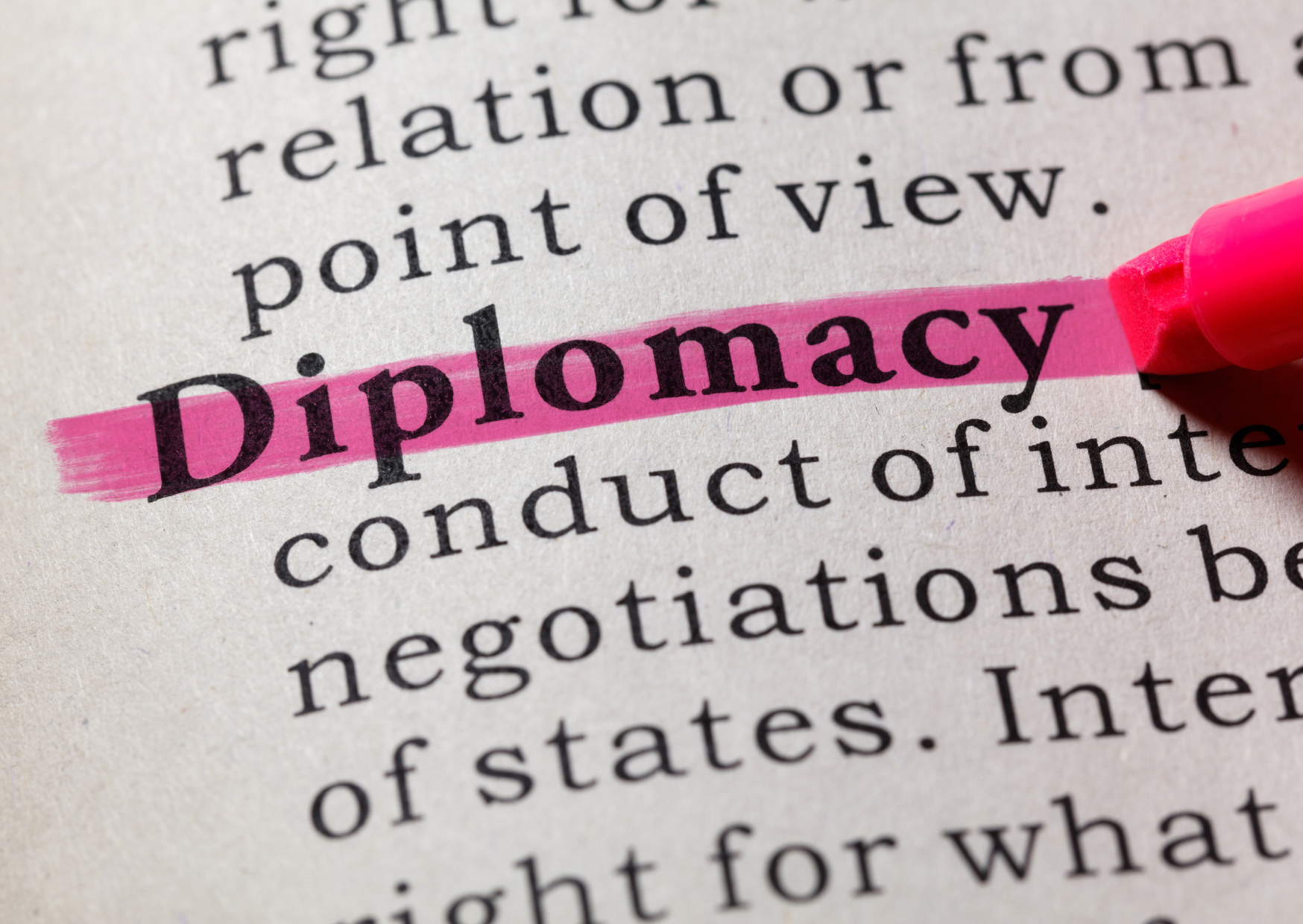Southeast Asia is a melting pot of flavors where culinary traditions transcend borders and foster connections. From the fiery curries of Thailand to the delicate spring rolls of Vietnam, food is more than sustenance—it’s a cultural bridge.
In this region, gastro-diplomacy is pivotal in showcasing heritage, promoting tourism, and even strengthening international relations. Food festivals, culinary exchanges, and global restaurant expansions are becoming powerful tools for nations to share their stories and build goodwill.
Read Also: Bhinneka Tunggal Ika, Celebrating Unity in Diversity Across 300 Ethnic Groups in Indonesia
By savoring a dish, we don’t just taste flavors; we experience history, tradition, and the art of diplomacy.
What is Gastro-diplomacy?
Gastro-diplomacy is the use of food as a medium to promote cultural diplomacy and foster international relations. By showcasing culinary traditions, nations share their identity, history, and values with the world. It extends beyond mere dining experiences, creating cultural dialogue through flavors.
Gastro-diplomacy often takes the form of food festivals, national culinary campaigns, or government-supported restaurant initiatives, turning the universal love of food into a bridge for cultural understanding.
History of Gastro-diplomacy in Southeast Asia
Southeast Asia has long used food as a means of cultural exchange. The region’s strategic trade routes facilitated the sharing of spices, recipes, and culinary techniques, shaping global cuisines. In the modern era, governments have formalized this practice through gastro-diplomacy programs.
For instance, Thailand’s “Global Thai” campaign launched in 2002 aimed to expand Thai restaurants worldwide, using food as a tool to promote tourism and national identity. Similar initiatives in Malaysia and Indonesia have highlighted their rich culinary heritages, strengthening regional ties and fostering international appreciation for Southeast Asian culture.
Examples of Gastrodiplomacy in Asia
- Thailand: The “Global Thai” program is a prime example of successful gastro-diplomacy. By supporting Thai restaurants globally, the campaign boosted the international recognition of Thai cuisine, making dishes like Pad Thai and Tom Yum staples in global dining scenes.
- Taiwan: Known for its “Taiwan Excellence” campaign, the country has used its diverse food culture, including bubble tea and night market snacks, to attract global interest and strengthen cultural ties.
- South Korea: The “Kimchi Diplomacy” initiative highlights Korean food, particularly iconic dishes like kimchi, bulgogi, and bibimbap, as tools to enhance cultural exports and promote the Korean Wave (Hallyu).
These examples showcase how countries in Southeast Asia and East Asia leverage their rich culinary traditions to connect with the world.
The Potential of Gastrodiplomacy in Southeast Asia
Southeast Asia, with its 11 culturally diverse nations, holds immense potential for gastro-diplomacy. Countries like Thailand, a pioneer with its “Global Thai” program, and Vietnam, known for pho and banh mi, have already captured global attention.
Similarly, Malaysia and Singapore can leverage their multicultural cuisines, featuring iconic dishes like laksa and chili crab, to highlight their rich heritage. Emerging players like Brunei, with ambuyat, and Timor-Leste, blending Southeast Asian and Portuguese flavors, can carve unique identities on the world stage.
Indonesia’s rendang and nasi goreng, Cambodia’s amok, and Myanmar’s mohinga offer distinct opportunities to showcase their culinary treasures. Laos’ sticky rice (khao niew) and larb reflect simplicity paired with depth, while the Philippines can use its globally recognized adobo and halo-halo to connect with its diaspora and beyond.
Read Also: Thailand Attracts 36.1 Million Foreign Tourists in 2024, Here's Why
A unified ASEAN gastro-diplomacy initiative could amplify these efforts, positioning Southeast Asia as a global culinary powerhouse while fostering cultural appreciation and diplomatic ties.
Benefits of Gastrodiplomacy in Southeast Asia
Gastro-diplomacy offers Southeast Asia numerous benefits, beginning with fostering cultural exchange. Sharing culinary traditions helps bridge cultural gaps, enabling deeper mutual understanding between nations. It also strengthens a country's national identity, as signature dishes like Thailand’s Pad Thai or Vietnam’s pho become symbols of pride and heritage on the global stage.
Moreover, gastro-diplomacy drives economic benefits by boosting tourism, creating demand for exports of local ingredients, and supporting the expansion of restaurants abroad. These factors collectively enhance the region’s global influence while contributing to local and national economies.
Challenges and Limitations of Gastrodiplomacy in Southeast Asia
Despite its potential, gastro-diplomacy in Southeast Asia faces several challenges. Cultural appropriation is a concern, as traditional dishes may be altered or commercialized without acknowledgment of their origins, diluting cultural authenticity.
Economic constraints can also hinder smaller nations from funding global campaigns or supporting culinary exports. Additionally, limited awareness about lesser-known cuisines from countries like Brunei or Timor-Leste can make it difficult for these nations to compete with established culinary powerhouses in the region.
Overcoming these barriers requires strategic planning, collaboration, and education to ensure the equitable promotion of Southeast Asia’s rich culinary heritage.
Read Also: 16th SEA Youth Athletics Championship 2024: What to Expect in Sabah.






















